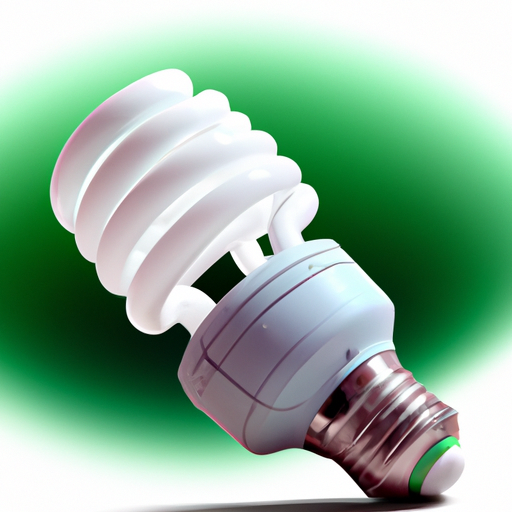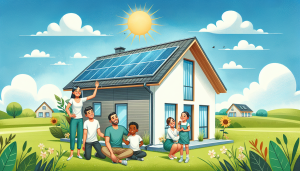If you’re looking for ways to reduce energy consumption and lower utility bills, you’ve probably asked the question, “How can I make my home more energy efficient?” Well, you’ve definitely come to the right place. In this article, we will explore various tips and strategies that can help you make your home more energy-efficient. From simple changes in your daily habits to implementing cost-effective upgrades, we will provide you with practical advice to create a more sustainable and environmentally friendly living space. So, let’s begin the journey toward a more energy-efficient home!
How Can I Make My Home More Energy Efficient: Insulation and Weatherization
Insulate Your Home
Insulating your home is a crucial step in enhancing its energy efficiency. Proper insulation helps to regulate the temperature inside your home, keeping it warm during winter and cool during summer. By reducing the amount of heat transfer between your home and the outside environment, insulation can significantly reduce the need for excessive heating or cooling, which in turn saves energy and lowers your utility bills. Insulation can be installed in various areas of your home, including walls, floors, attics, and roofs.
Seal Air Leaks
Air leaks are a major cause of energy loss in many homes. These leaks allow outside air to infiltrate your home, forcing your heating or cooling system to work harder to maintain a comfortable temperature. By sealing air leaks, you can prevent drafts and reduce your energy consumption. Common areas where air leaks occur include windows, doors, electrical outlets, and pipes. Weatherstripping, caulking, and sealing gaps with foam or insulation can effectively seal these leaks and improve the overall energy efficiency of your home.
Upgrade Windows
Windows play a significant role in your home’s energy efficiency. Old or poorly insulated windows can allow heat to escape during winter and enter during summer, making your heating and cooling systems work overtime. Upgrading to energy-efficient windows can greatly improve insulation and reduce your energy consumption. Look for windows with features such as multiple panes, low-emissivity coatings, and gas fills to enhance their energy efficiency and better regulate the temperature inside your home.
Install Weatherstripping
Weatherstripping is an effective way to seal gaps around windows and doors, preventing outside air from seeping in and conditioned air from escaping. Available in various materials, such as adhesive-backed foam, V-strip, and door sweeps, weatherstripping is easy to install and can make a significant difference in your home’s energy efficiency. By properly weatherstripping your windows and doors, you can increase insulation, eliminate drafts, and reduce your reliance on heating and cooling systems.
How Can I Make My Home More Energy Efficient: Heating and Cooling
Choose Energy-Efficient HVAC Systems
When it comes to heating and cooling your home, choosing energy-efficient HVAC (Heating, Ventilation, and Air Conditioning) systems can considerably impact your energy consumption. Look for systems with high Energy Star ratings, as they have been specifically designed to operate efficiently while using minimal energy. Energy-efficient HVAC systems save energy, provide better temperature control, and improve indoor air quality.
Regularly Maintain HVAC Systems
Proper maintenance is essential to keep your heating and cooling systems running efficiently. Regularly cleaning or replacing filters, cleaning condenser coils, and ensuring proper airflow can improve the efficiency of your HVAC system and extend its lifespan. Additionally, scheduling professional maintenance inspections can identify and address any issues or inefficiencies, ultimately optimizing the performance of your system and reducing energy waste.
Programmable Thermostats
Installing a programmable thermostat is an excellent way to save energy and increase the efficiency of your heating and cooling systems. These thermostats allow you to set different temperature settings based on your daily routine, automatically adjusting the temperature when you’re away or asleep. By avoiding unnecessary heating or cooling when you don’t need it, programmable thermostats ensure that energy is efficiently used, resulting in energy savings and lower utility bills.
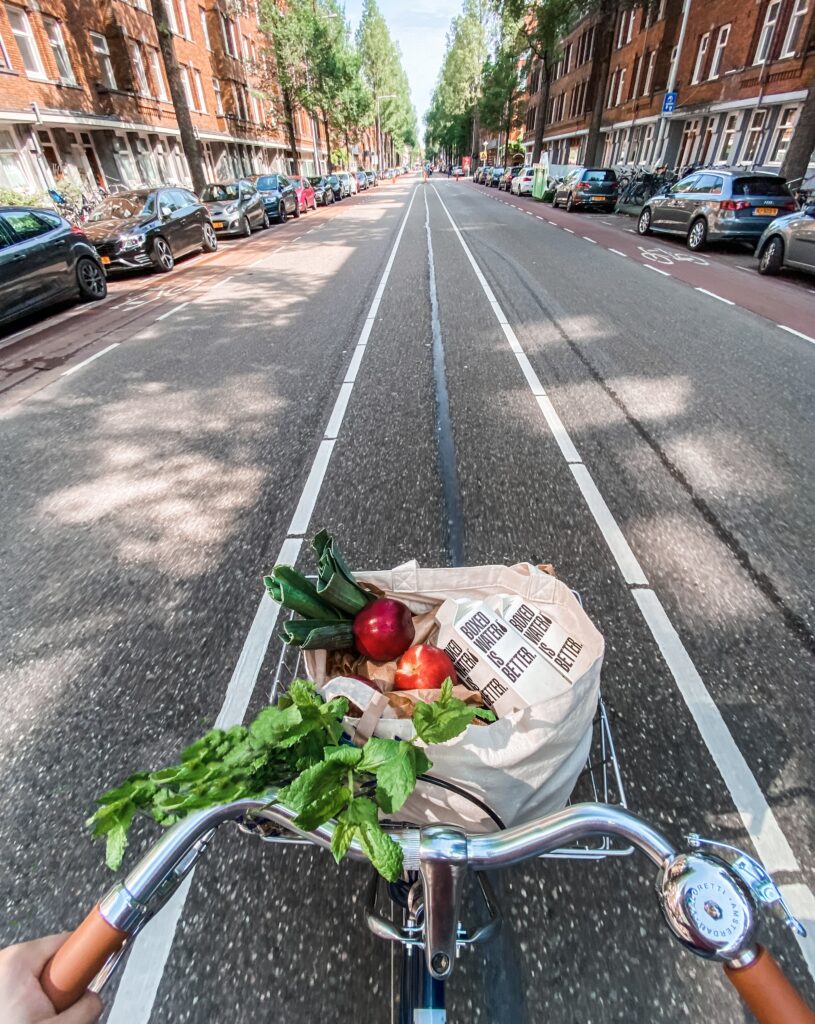
Check Out Our Top Eco Friendly Product Picks On Amazon Here
How Can I Make My Home More Energy Efficient: Lighting
Switch to LED Bulbs
One of the simplest and most effective ways to increase the energy efficiency of your home’s lighting is by switching to LED bulbs. LED (Light Emitting Diode) bulbs are highly energy-efficient, consuming significantly less electricity than traditional incandescent or fluorescent bulbs. Not only do LED bulbs last much longer, but they also emit less heat, reducing the strain on your cooling system. By replacing all of your outdated bulbs with LEDs, you can save a substantial amount of energy and money in the long run.
Use Natural Light
Take advantage of natural light whenever possible to reduce your reliance on artificial lighting and save energy. Keep your curtains and blinds open during the day to allow sunlight to enter your home. Well-placed windows or skylights can help maximize natural light, brightening your living spaces without the need for additional lighting. Not only does this approach help reduce energy consumption, but it also offers a pleasant and welcoming atmosphere.
Install Motion Sensor Lights
Motion sensor lights are an excellent option for outdoor areas, such as porches, driveways, and gardens. These lights are equipped with motion detectors that activate the light only when someone enters the sensor’s range. Using motion sensor lights, you can ensure that outdoor spaces are adequately lit when necessary, without wasting energy when not in use. This enhances your home’s security and saves energy by eliminating the need for lights to be constantly on.
How Can I Make My Home More Energy Efficient: Appliances and Electronics
Choose Energy-Efficient Appliances
When purchasing new appliances for your home, opt for energy-efficient models that have earned the Energy Star label. Energy Star-certified appliances are designed to operate more efficiently, using less energy while still providing high-performance capabilities. Look for energy-efficient refrigerators, washing machines, dishwashers, and other appliances that meet the latest efficiency standards. These appliances can significantly reduce your energy consumption and contribute to a more sustainable home.
Unplug Electronics When Not in Use
Many electronics and appliances continue to consume energy even when they’re turned off, known as standby power usage or “phantom load.” To eliminate this wasted energy, unplug devices when they’re not in use or connect them to power strips that can be easily switched off. This simple habit can make a noticeable difference in your energy consumption and reduce your electricity bill.
Enable Power-saving Features
Most modern electronics and appliances come with power-saving features that can help reduce energy consumption. Enable these features to ensure that devices automatically enter low-power modes or turn off completely when not in use. For example, enable sleep or hibernate modes on your computer, activate power-saving modes on your television and gaming consoles, and utilize energy-saving options on your smartphone or tablet. These features can significantly contribute to making your home more energy-efficient.
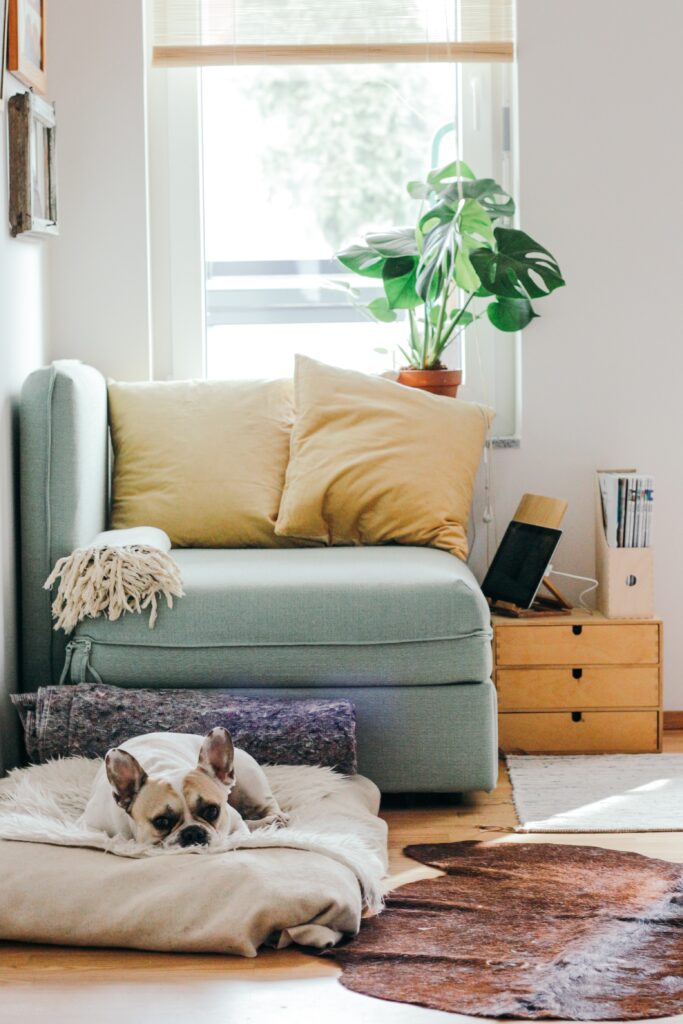
How Can I Make My Home More Energy Efficient: Water Conservation
Install Low-flow Fixtures
Installing low-flow fixtures in your home is an effective way to conserve water and reduce your water consumption. Low-flow showerheads, faucets, and toilets are designed to use less water without compromising performance. These fixtures can significantly decrease your water usage, saving both water and the energy required to heat it. By making this simple switch, you can contribute to water conservation efforts and reduce your utility bills.
Fix Leaky Faucets and Pipes
Leaky faucets and pipes waste a significant amount of water over time. Even a small drip can add up to several gallons lost per day. Regularly check for any leaks in faucets, showerheads, toilets, and water pipes, and promptly repair them to avoid water wastage. Fixing leaks saves water and prevents potential damage to your home’s infrastructure.
Water Efficiently in the Garden
Being mindful of water usage in your garden can also contribute to your home’s overall energy efficiency and conservation efforts. Water your plants and lawn in the early morning or late evening when the temperature is cooler, reducing evaporation. Utilize efficient irrigation systems, such as drip irrigation or soaker hoses, to target the root zones of plants with minimal water waste. Additionally, consider planting drought-resistant plants that require less water, reducing the need for frequent watering.
How Can I Make My Home More Energy Efficient: Energy Audits
Schedule a Home Energy Audit
A professional home energy audit can provide valuable insights into your home’s energy usage and identify areas for improvement. During an energy audit, trained professionals assess your home’s insulation, air sealing, HVAC systems, lighting, and appliances to determine their efficiency. They may also use specialized tools like thermal imaging cameras to detect areas of energy loss. By scheduling a home energy audit, you can receive personalized recommendations on how to make your home more energy-efficient.
Identify Energy Loss Areas
An energy audit will help you pinpoint areas in your home where energy loss or inefficiency occurs. This includes inadequate insulation, leaks, outdated appliances, or inefficient lighting. Armed with this information, you can prioritize which areas to address first to maximize energy savings and minimize environmental impact. Addressing these energy-loss areas creates a more comfortable and energy-efficient living environment.
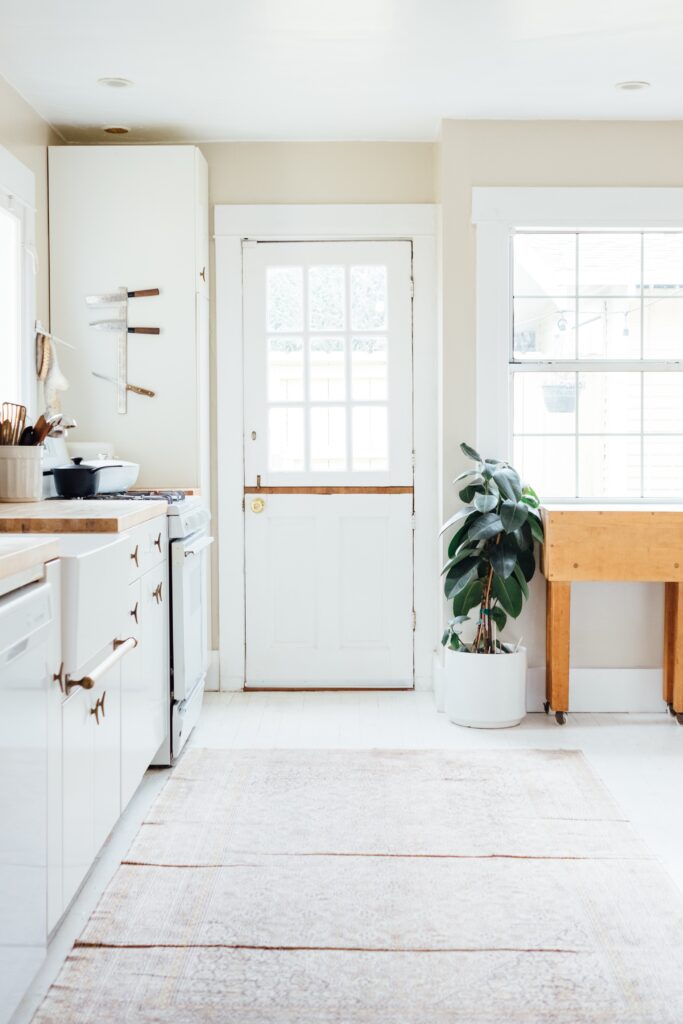
How Can I Make My Home More Energy Efficient: Renewable Energy Sources
Install Solar Panels
Installing solar panels is one of the most significant steps towards achieving renewable energy at home. Solar panels harness the sun’s energy and convert it into electricity, providing a clean and renewable power source for your home. By generating your electricity, you reduce your reliance on conventional energy sources and can potentially save a substantial amount on your utility bills. Depending on your location and energy needs, installing solar panels can be a long-term investment that pays off both economically and environmentally.
Utilize Wind Energy
If your location and property are suitable, utilizing wind energy can be another viable option for renewable energy. Small-scale wind turbines can generate electricity from the wind’s power, contributing to your home’s energy needs. Before considering wind energy, check local regulations and consult with professionals to determine the feasibility and requirements for installing a wind turbine. By harnessing wind energy, you can further reduce your dependence on fossil fuels and make your home more sustainable.

Energy-Efficient Landscaping
Plant Trees and Shrubs for Shade
Strategic landscaping can significantly impact your home’s energy efficiency. Planting trees and shrubs strategically around your home can create natural shade, reducing the amount of direct sunlight that enters your windows and heats your home during summer. In contrast, during winter, deciduous trees that lose their leaves can allow sunlight to reach your home and warm it naturally. By using nature’s shade and insulation, you can lower your cooling and heating needs, respectively, resulting in energy savings and a more comfortable home environment.
Utilize Xeriscaping Techniques
Xeriscaping is a landscaping approach that focuses on water conservation and the use of native or drought-resistant plants. By implementing xeriscaping techniques in your garden or yard, you can minimize the need for excessive water usage and reduce your overall outdoor energy consumption. Xeriscaping involves design principles such as using efficient irrigation systems, selecting plants that require less water, and using mulch to retain soil moisture. Not only does xeriscaping save water, but it also contributes to the overall energy efficiency of your home.
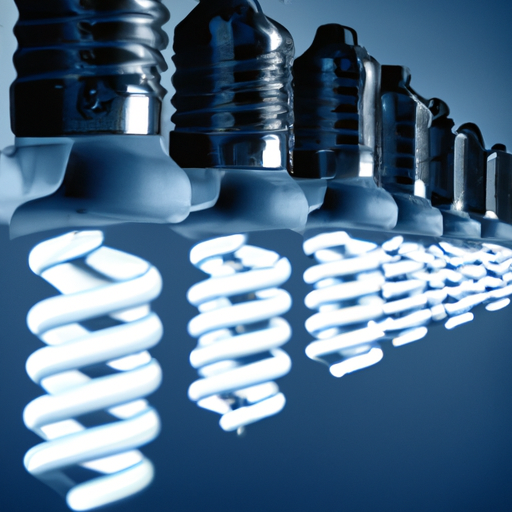
How Can I Make My Home More Energy Efficient: Behavioral Changes
Reduce Standby Power Usage
Reducing standby power usage is a simple yet effective behavioral change that can increase your home’s energy efficiency. Many appliances and electronics continue to draw power even when turned off, contributing to energy waste. Adopt the habit of unplugging devices or using smart power strips to completely cut off the power supply when they’re not in use. You can save a notable amount of energy by eliminating standby power usage without sacrificing convenience.
Turn Off Lights When Leaving a Room
Conserving energy can be as easy as turning off lights when you leave a room. It may seem like a small action, but consistently practicing this habit can significantly reduce your energy consumption over time. Encourage everyone in your household to be mindful of leaving lights on unnecessarily and make it a part of your routine to switch lights off whenever a room is unoccupied. By doing so, you’ll save energy and extend your light bulb’s lifespan.
Use Appliances Efficiently
Using your appliances efficiently can contribute to making your home more energy-efficient. For example, when using the washing machine or dishwasher, make sure to run full loads to maximize their efficiency and conserve water. Set your refrigerator to the recommended temperature range, and avoid keeping the door open for extended periods. Additionally, utilize the energy-saving settings on your computer, television, and other electronics. These small but impactful changes in your daily habits can go a long way in reducing energy consumption.
How Can I Make My Home More Energy Efficient: Home Automation
Install Smart Thermostats
Smart thermostats offer a convenient and efficient way to manage your home’s temperature and save energy. These thermostats can learn your daily routines and automatically adjust the temperature based on your preferences, optimizing energy usage. Some models even provide remote controls or integrate with smart home systems, allowing you to manage your thermostat from anywhere. By installing a smart thermostat, you can effortlessly control your home’s temperature, reduce energy waste, and experience increased comfort.
Use Energy Monitoring Systems
Energy monitoring systems provide valuable insights into your home’s energy usage, allowing you to identify areas of improvement and make informed decisions that promote energy efficiency. These systems track your electricity usage in real-time, providing statistics and analytics on how much energy is consumed by different home appliances, electronics, and systems. By being aware of your energy consumption, you can identify energy-intensive habits or appliances and adjust your behaviors accordingly to optimize energy usage and save money.
Creating an energy-efficient home involves adopting a holistic approach, incorporating various strategies and technologies to maximize energy savings. By implementing the tips and techniques outlined in this article, you can significantly decrease your energy consumption, reduce your environmental footprint, and enjoy the benefits of a more sustainable and cost-effective home. Remember, every small action counts when it comes to conserving energy, so start making these positive changes today!

How Can I Make My Home More Energy Efficient: Conclusion
So, you’ve ventured through the labyrinthine world of energy efficiency, dodged the Minotaurs of misinformation, and you’re standing at the exit, victorious and ready to turn your humble abode into the Fortress of Solartude (or LEDitude, or Insulatitude—you get the gist). Congrats, my eco-warrior friend! You’re now ready to make your home more energy-efficient, a mission that will turn you into the neighborhood’s Captain Planet without the mullet.
Remember, whether you’re swapping out those ancient incandescent bulbs for LEDs brighter than your Aunt Sally’s Christmas sweater, or sealing your home’s leaky spots tighter than a Tupperware container holding last week’s chili, every step counts. And let’s not forget the energy-efficient appliances that sip electricity like a fine wine, instead of guzzling it like a teenager with a sports drink.
But the real pièce de résistance? Solar panels! Sure, the upfront cost can feel like you’re buying a ticket to Mars, but remember, these bad boys pay for themselves faster than you can say, “How can I make my home more energy-efficient while getting a tan?” Plus, you get to bask in the glory of producing your own power. You’re not just a homeowner; you’re a POWERhome owner!
Of course, we must tip our hats to the less glamorous yet equally impactful changes, like smart thermostats that adapt faster than a chameleon on a rainbow, and insulation that keeps your home’s temperature more stable than your yoga instructor’s emotions. Let’s not forget water-saving fixtures that make your old showerhead look like a fire hose at a drinking fountain.
The key takeaway? Knowing how to make your home more energy-efficient isn’t just a badge of honor; it’s a lifetime achievement award in the game of Adulting. It’s good for your conscience, your wallet, and those occasional moments when you want to humblebrag about your low utility bills at awkward family gatherings.
So go ahead—insulate, illuminate, and innovate your way to a home that’s a cozy living space and a shining beacon of sustainability. You’ll reduce your carbon footprint and save enough money to invest in other life essentials—like that avocado toast maker you’ve been eyeing, or maybe even a second compost bin for your newfound love of sustainable waste management.
Laugh all you want, but the keyword here is success. Because when you ask, “How can I make my home more energy-efficient?” and then take action, you’re already ahead of the curve. So put on those eco-friendly thinking caps, roll up those sleeves, and let’s turn your home into the envy of energy misers everywhere!
Check Out Our Top Eco Friendly Product Picks On Amazon Here

